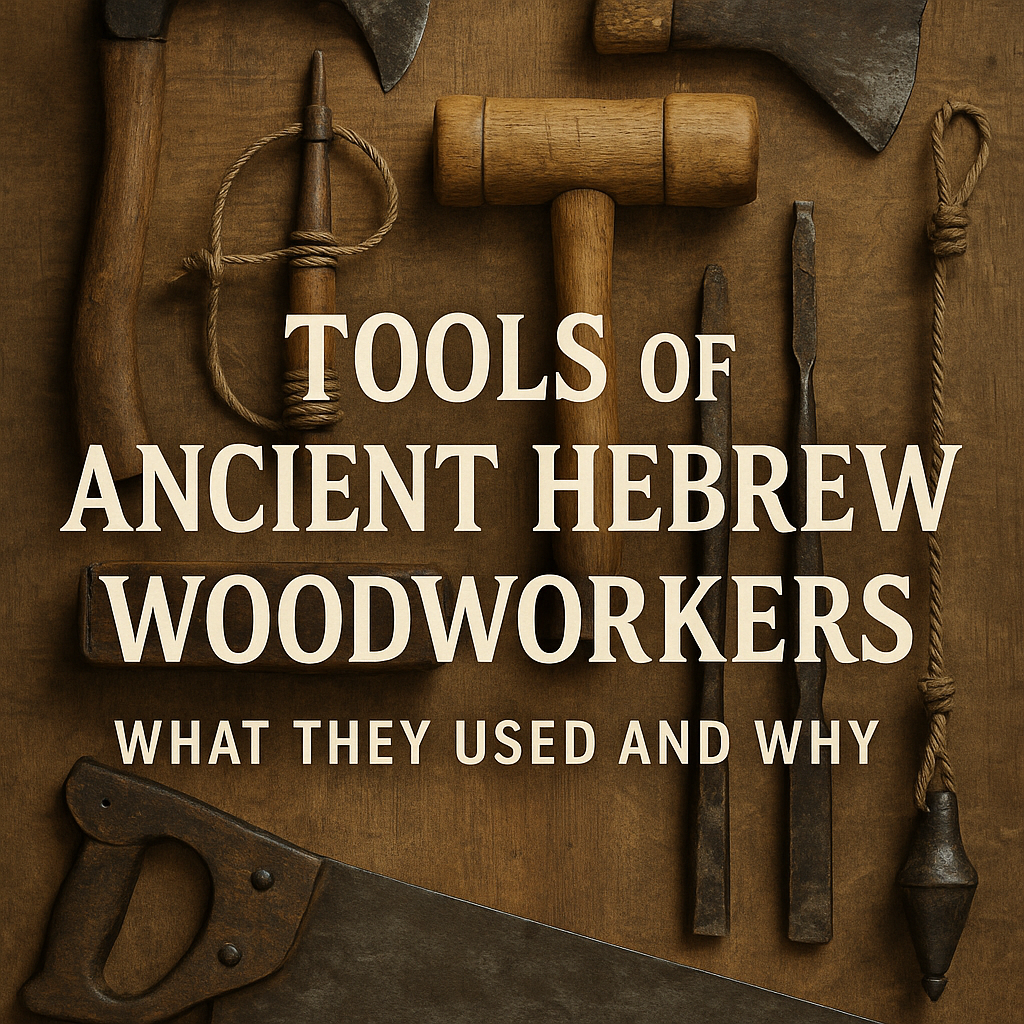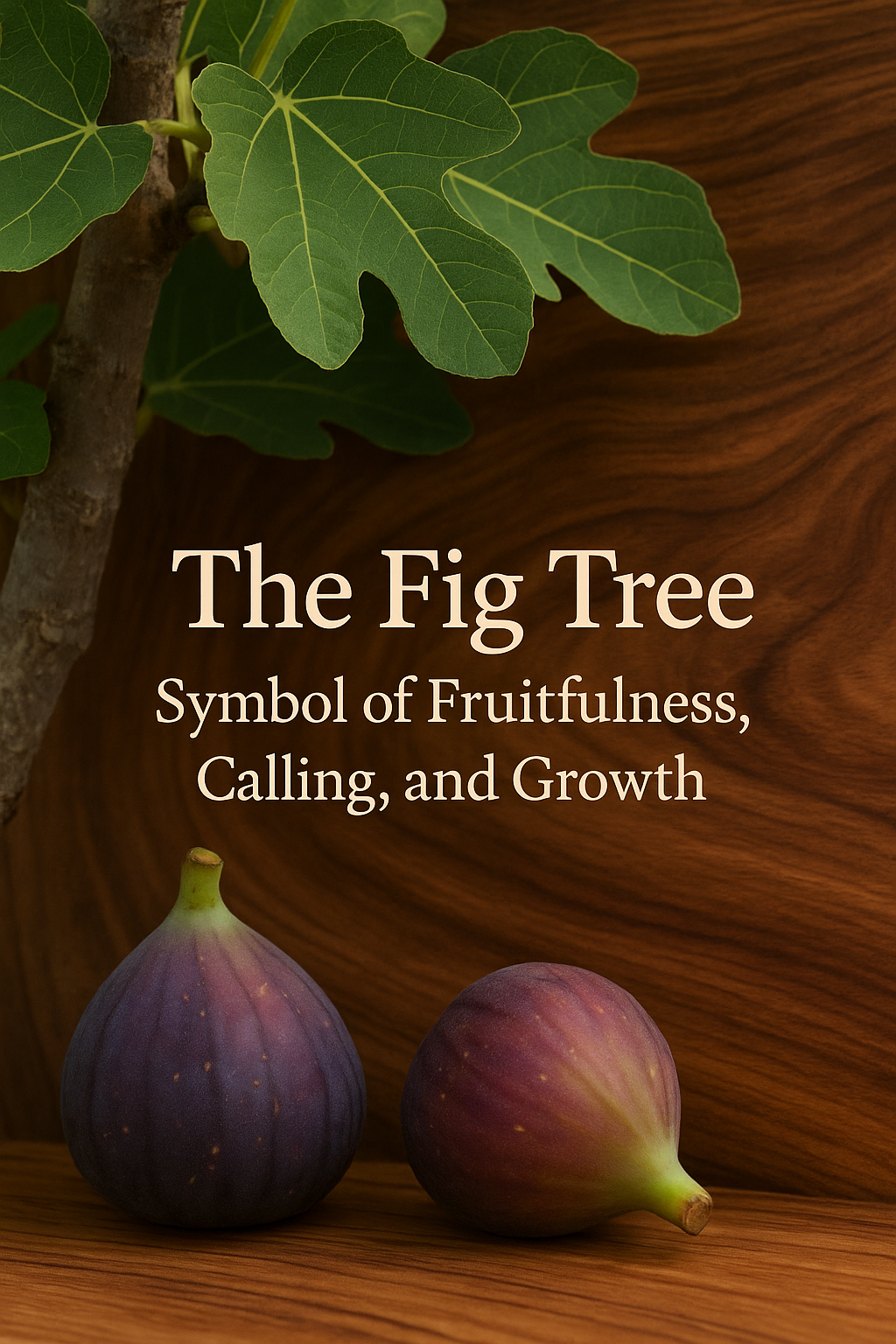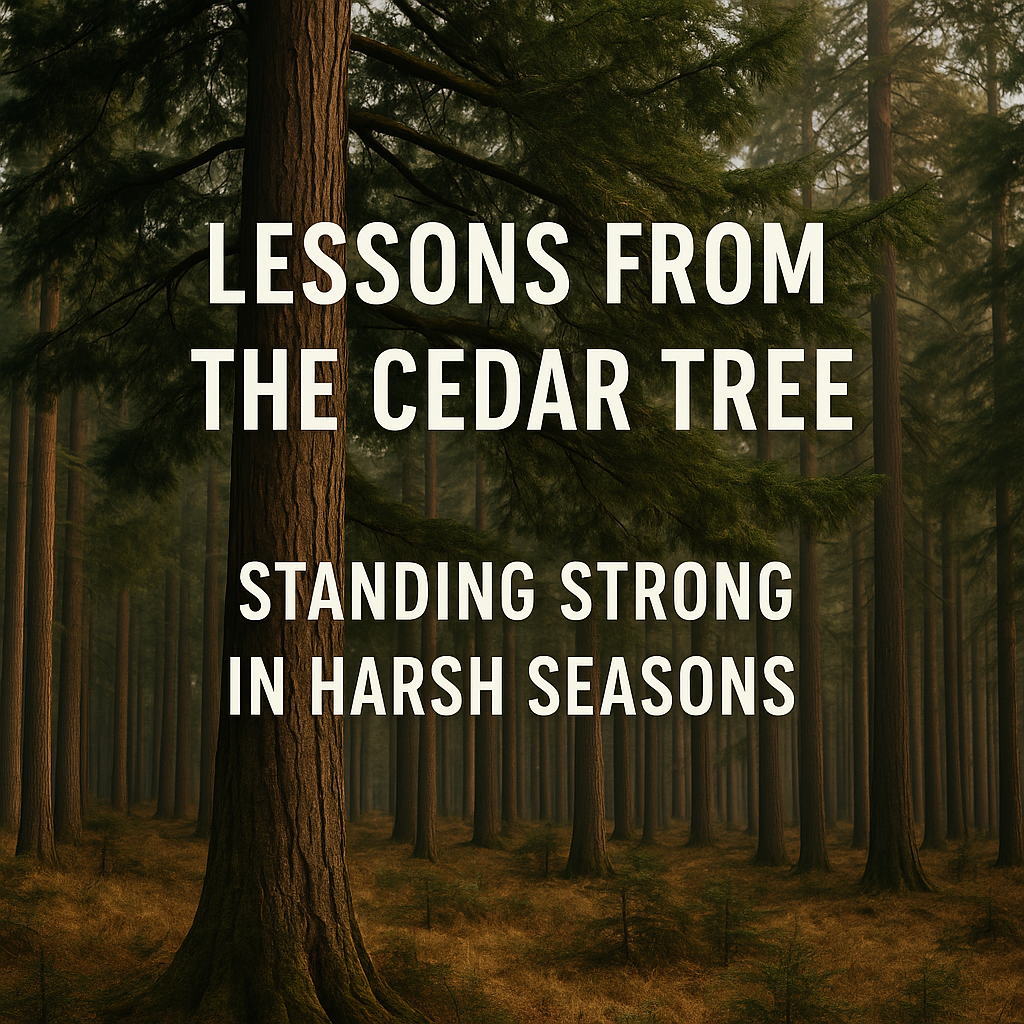Woodworking is one of humanity’s oldest crafts, and for the ancient Hebrews, it was far more than a practical trade—it was a calling woven into the very story of Scripture. From the Ark of the Covenant to everyday household tools, from plows and yokes to doorposts and altars, wood was the raw material God placed in their hands to build lives, homes, and worship.
And just like today, craftsmanship wasn’t accidental. The beauty and reliability of what they created depended on the tools they carried—simple by our standards, yet brilliant in their purpose. Understanding these tools gives us a deeper appreciation for the skill, strength, and faith of the woodworkers whose work shaped the world of the Bible.
Below is a look at the core tools ancient Hebrew woodworkers relied on—and why they mattered.
1. The Adze: The Tool of Transformation
If you picture a hammer and an axe combined into one purpose-built tool, you get the adze. Held at a right angle to its handle, its sharp blade scraped and shaped wood by removing thin layers at a time.
For Hebrew craftsmen, the adze was indispensable. It flattened beams, shaped planks, smoothed rough-cut logs, and prepared wood for everything from furniture to temple components. When Noah built the ark, when carpenters shaped the cedar beams of Solomon’s Temple, an adze was likely the first tool they reached for.
Why it mattered:
The adze gave control. It allowed a craftsman to see the shape emerge slowly, deliberately—like watching the story inside the wood come to life. It was the tool of patience and intention.
2. Axes and Hatchets: Power in Simplicity
Axes weren’t just for felling trees. Hebrew woodworkers used several styles of axes designed for splitting, rough-shaping, and carving large timbers.
Iron axes were precious. Deuteronomy even references borrowing an axe and losing it—because losing iron was no small inconvenience. These were cherished tools, maintained carefully, sharpened consistently, and stored with reverence.
Why they mattered:
Axes delivered the brute strength required to take a tree and bring it under a craftsman’s control. No boards. No beams. No altars. Nothing began without an axe.
3. Hand Saws: Precision for Builders and Artisans
Ancient Hebrew saws were often made of bronze or iron, with large, widely spaced teeth. They weren’t built for speed—they were built for accuracy.
A saw was the tool that made furniture possible. It created the first straight edge. It made symmetry achievable. It allowed a beam to become two beams and a plank to become a perfectly sized drawer front.
Why they mattered:
Saws turned raw timber into usable parts. Without them, no joinery, no cabinetry, and no fine craftsmanship could exist.
4. The Mallet: The Gentle Strength Behind Every Joint
Mallets were simple—usually made from dense hardwood like olive or oak. They weren’t for destruction; they were for persuasion.
A mallet tapped chisels into mortises, nudged joints together, and allowed for controlled force without damage. When a chisel needed to cut cleanly or a mortise needed to seat perfectly, a mallet made it happen.
Why it mattered:
The mallet symbolized controlled power—strength used with restraint. A good mallet could last a lifetime and often passed from father to son.
5. Chisels: The Sculptor’s Touch
To an ancient Hebrew woodworker, chisels were extensions of their hands. Made in various shapes and widths, these tools carved detail, squared joints, and refined the work left behind by the heavier tools.
Chisels shaped the ornamentation on temple furniture, carved the grooves for plow handles, and created the delicate details of household objects.
Why they mattered:
Chisels were precision instruments—the tools responsible for turning a piece of wood into something beautiful, functional, and lasting.
6. Plumb Lines and Measuring Ropes: The Invisible Tools of Accuracy
Before levels and tape measures, there were plumb lines, straightedges, measuring cords, and marking sticks. These tools ensured everything—altars, beams, chests, yokes—was level, stable, proportional, and trustworthy.
In Scripture, God even uses the plumb line as a symbol of righteousness and alignment. A builder couldn’t guess. Their tools had to tell the truth.
Why they mattered:
Accuracy meant safety. A crooked beam collapses. A misaligned joint fails. These tools upheld both craftsmanship and integrity.
7. The Bow Drill: Fire, Function, and Fine Craft
The bow drill was a fascinating tool—a wooden bow that spun a shaft rapidly to bore holes. It was used for joinery, pegs, dowels, and anything requiring circular precision.
It made furniture stronger. It allowed wheels to rotate. It made assembly possible.
Why it mattered:
The bow drill multiplied human ability, turning manual force into mechanical advantage. It strengthened structures and expanded what woodworkers could create.
Why These Tools Still Matter Today
Even in a world of power tools, CNC machines, and laser engravers, the heart of woodworking hasn’t changed. Every ancient tool still exists in a modern form. Every technique they pioneered is baked into the craft you and I practice today.
And the deeper truth?
Woodworking has always been spiritual.
To shape wood requires patience. To cut cleanly demands intention. To build something that lasts means showing up with care, consistency, and skill. The same tools ancient Hebrew craftsmen used to build the Ark, the Temple, and the everyday objects of their lives still echo in every mallet strike and every shaving on our shop floors.
Their world was slower. Their tools were simpler. But their craftsmanship was anything but primitive.
They understood the weight of the work.
The responsibility of stewardship.
And the beauty of creating something that outlives you.
That’s what ties us together across thousands of years:
A craftsman, a piece of wood, and the tools that bring the story inside that wood to life.






Leave a comment
This site is protected by hCaptcha and the hCaptcha Privacy Policy and Terms of Service apply.